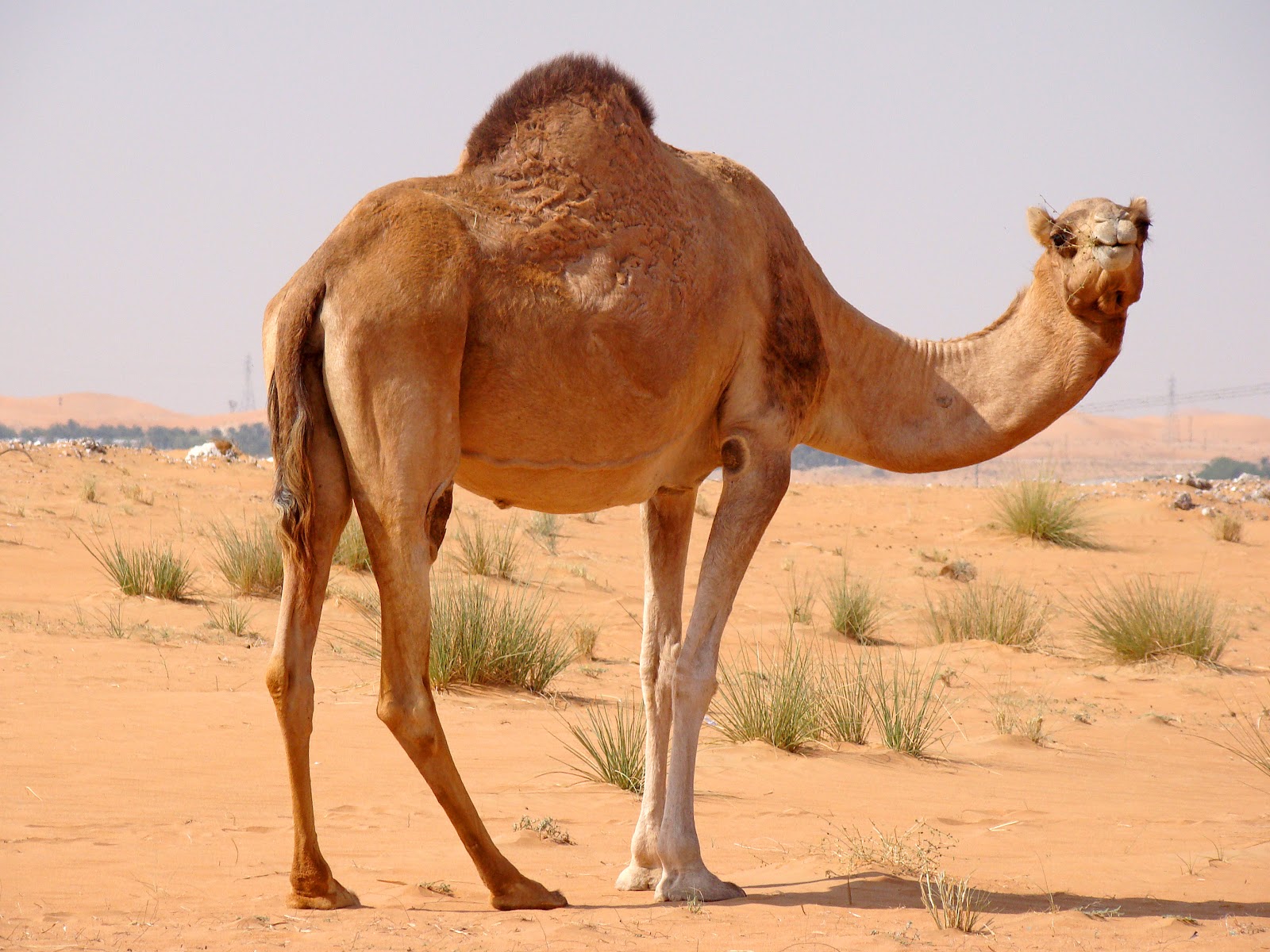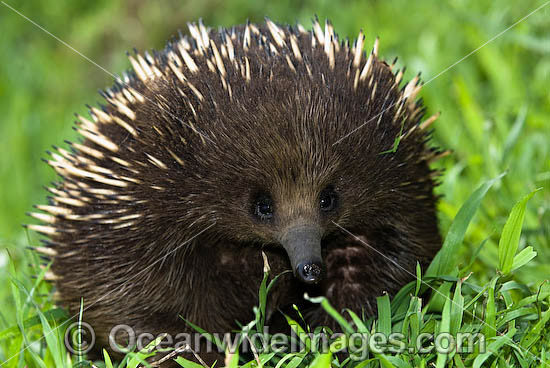The animal kingdom is home to some Amazing Traits.There are plenty of them are exceptionally gross, frightening, awkward, or
seemingly impossible. Some are so anthropomorphic you have to laugh.You may laugh, you may deny.
You'll almost certainly say "awww" more than you'd like. You may even
squirm: We human types can be a little squeamish when it comes to, say, a
penis with four heads.
Tree frogs freeze in the winter and "spring" back to life in the warmer months.
Spontaneous sex changes are rare in the animal world, but they do happen.
Tree frogs freeze in the winter and "spring" back to life in the warmer months.
Cheetahs can run at 70 mph (112 kph)
Camels can survive half a year without a water source
Snakes have two half-penises that join when it's time to mate.
Sea-slug penises are disposable.
Cat penises are barbed.
An Echidna Has a Four-headed Penis.The echidna, often called a "spiny anteater," the Australia-area native sports a single shaft with four heads, each one capable of ejaculation.
Only two of the heads function at any given time, though, which makes sense since the female echidna has "only" two vaginas. During copulation, one side of the penis is inactive, its two heads retracted, while the other side is ready to fertilize the female's eggs. After ejaculation, the male echidna activates the other side and repeats the process.
No one is entirely sure why there are so many darned heads, but experts hypothesize it has something to do with mating competition. Female echidnas might have sex with 10 or more males at mating time, so having four ejaculation sources probably increases the odds of any one echidna passing along his genes.
Camels can survive half a year without a water source
Snakes have two half-penises that join when it's time to mate.
Sea-slug penises are disposable.
Cat penises are barbed.
An Echidna Has a Four-headed Penis.The echidna, often called a "spiny anteater," the Australia-area native sports a single shaft with four heads, each one capable of ejaculation.
Only two of the heads function at any given time, though, which makes sense since the female echidna has "only" two vaginas. During copulation, one side of the penis is inactive, its two heads retracted, while the other side is ready to fertilize the female's eggs. After ejaculation, the male echidna activates the other side and repeats the process.
No one is entirely sure why there are so many darned heads, but experts hypothesize it has something to do with mating competition. Female echidnas might have sex with 10 or more males at mating time, so having four ejaculation sources probably increases the odds of any one echidna passing along his genes.
Spontaneous sex changes are rare in the animal world, but they do happen.
Clownfish (yes, Nemo) change from male to female as part of the
standard mating process.
Hens Can Spontaneously Become Roosters.The hen sex change is not beneficial to the species.
It starts with hen anatomy. A female chicken has one ovary and one inactive gonad, a remnant of early chicken development when sex genes haven't yet activated. A gonad can become an ovary, a testicle, or a combination of the two (ovotestis), but once those genes go the female route, that other gonad just sits there.
Now enter a cyst or tumor that damages the hen's ovary, and the gonad steps up to fill the sex-anatomy void. A gonad that develops into a testicle or an ovotestis instead of an ovary will start the release of androgens, a male sex hormone, and a sex change can result.
The typical hen-to-rooster transition begins with an end to egg-laying and progresses to behaviors and physical traits. A hen will start strutting and crowing, gain weight and grow the quintessential rooster wattles, dark feathers and cockscomb atop its head.
The result is essentially a sterile rooster. As far as the experts know, this change only happens to females; a rooster-to-hen conversion has never been documented.
Hens Can Spontaneously Become Roosters.The hen sex change is not beneficial to the species.
It starts with hen anatomy. A female chicken has one ovary and one inactive gonad, a remnant of early chicken development when sex genes haven't yet activated. A gonad can become an ovary, a testicle, or a combination of the two (ovotestis), but once those genes go the female route, that other gonad just sits there.
Now enter a cyst or tumor that damages the hen's ovary, and the gonad steps up to fill the sex-anatomy void. A gonad that develops into a testicle or an ovotestis instead of an ovary will start the release of androgens, a male sex hormone, and a sex change can result.
The typical hen-to-rooster transition begins with an end to egg-laying and progresses to behaviors and physical traits. A hen will start strutting and crowing, gain weight and grow the quintessential rooster wattles, dark feathers and cockscomb atop its head.
The result is essentially a sterile rooster. As far as the experts know, this change only happens to females; a rooster-to-hen conversion has never been documented.









0 comments:
Post a Comment